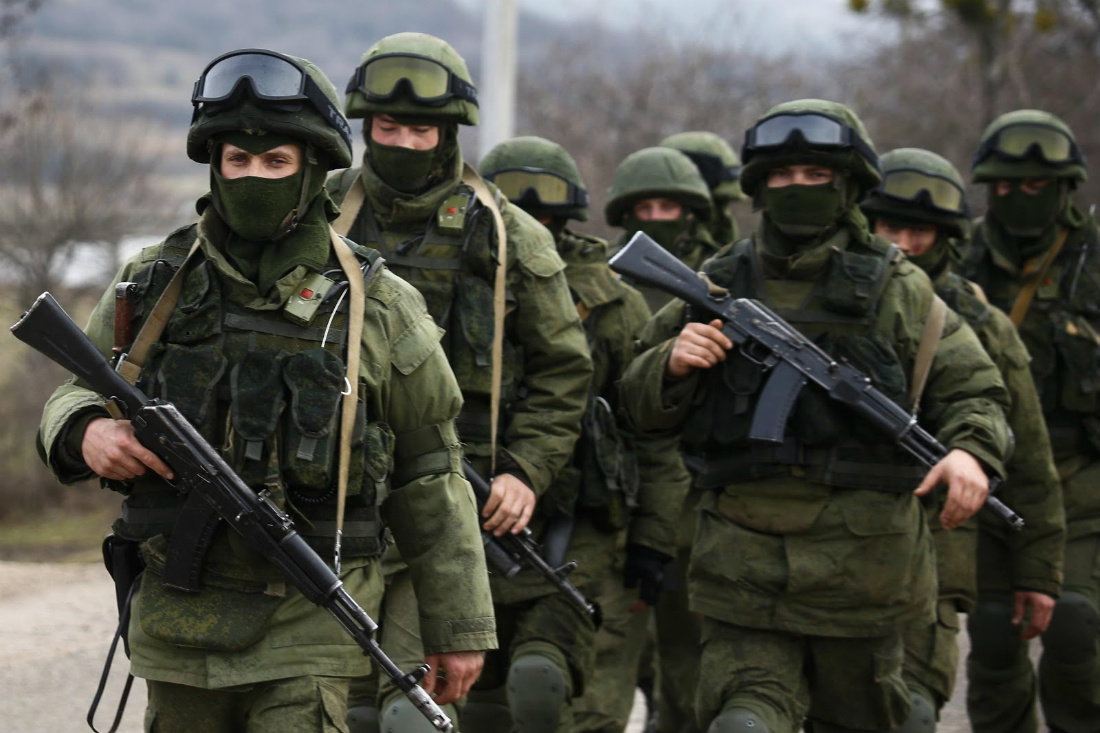
Advertisement
(NationalSecurity.news) In 2008 during Russia’s brief, 5-day war with Georgia, Moscow’s military lost at least four fighter planes to air defenses, proving again that the country’s mostly-conscript military remained substandard and, frankly, little threat to NATO or the U.S.
“We didn’t have a single op plan on the shelf to deter against Russia. We’d written that off after the fall of the wall; that chapter is over,” former NATO commander Adm. James Stavridis, now retired, told the Washington Post.
However, following the Russian military’s intervention in eastern Ukraine and Syria, where it has performed much better and demonstrated President Vladimir Putin’s willingness to use force to achieve wider geopolitical goals, NATO is recalculating.
No one expects a war anytime soon between Moscow and the West, but Russia’s newly aggressive posture, new weapons and growing capabilities have some concerned that Putin may want to press some tactical advantages at some point in the future, perhaps in the Balkans, which have traditionally fallen under Russian influence.
As such, NATO has stepped up military exercises and is currently considering deploying large numbers of troops in the Baltics, as well as Poland and other Eastern European nations as a bulwark against any potential Russian assault using new, unconventional means, the Post noted.
“The belief which existed since 1990 that there are no prospects for military confrontation in Europe with Russia, that belief was dispelled by these operations,” Igor Sutyagin, a specialist in the Russian military at London’s Royal United Services Institute, told the paper. “It is now necessary to plan defense, while previously it was not.”

The Russian government took serious stock of its military following the Georgian operation, which was successful for Moscow in terms of objectives. The reassement has led to a massive modernization effort that Gustav Gressel, a defense analyst on the European Council on Foreign Affairs has called a “quiet military revolution.”
The West has also noted that what is more important, even, than the production of advanced new military hardware is the rising professionalism and effectiveness of Russian troops and officers, via better training and needed administrative reforms.
As the Post reported further:
For example, the military’s restructuring called for new, highly mobile and independent reconnaissance units. Those were unveiled during Russia’s annexation of Crimea, when the appearance of unidentified but highly trained soldiers caught Western observers by surprise.
Granted, the Syrian campaign, which has been waged with a mix of refurbished and modern aircraft facing no appreciable air defenses, has been a decidedly low-tech affair that would not be applicable to any major conflict on NATO’s eastern front.
That said, there are still things that caught the attention of Western military officials.
For one, Berzins said Russia’s use of sophisticated jamming equipment demonstrated Moscow’s growing capability in electronic warfare. The same gear is also deployed in Kaliningrad, the Russian enclave bordering Poland and Lithuania. Also, Kaliningrad serves as a base for S-400 antiaircraft missiles like those Putin deployed and maintained in Syria following the downing of an Su-25 by Turkey. The deployment of the sophisticated system set up a virtual no-fly zone and is known as “A2/AD” – anti-access, area denial.
In addition, the Russian navy unveiled its new Kalibr cruise missiles, which were launched from warships in the Black Sea at targets inside Syria. That demonstrated another potential threat – a Russian Black Sea Fleet capable of reaching targets far away throughout Europe, requiring some form of low-altitude anti-air defense.
The missiles also serve as a viable alternative to putting Russian pilots in harm’s way over NATO airspace, said Sutyagin.
There were also some negative take-aways from the Syrian operation. Russian planes seemed to rely more heavily on “dumb” unguided munitions, indicating a possible shortage of precision-guided weapons in the Russian arsenal.
But one area that was greatly improved, Western military officials noted, was the Russian military’s logistical capabilities. Long considered to be an Achilles’ heel for the Russian military, supply lines appeared to be very much intact.
“When this started, the orthodoxy in D.C. was absolutely that the Russians would not be able to maintain operational tempo,” Mark Galeotti, an expert on Russian security and a professor of global affairs at New York University, told the Post. “They proved us all wrong. It was by rough-and-ready measures in some cases, but ‘what works is what works’ has always been the Russian approach.”
See also:
NationalSecurity.news is part of the USA Features Media network.
Submit a correction >>
Advertisement
Advertisements















